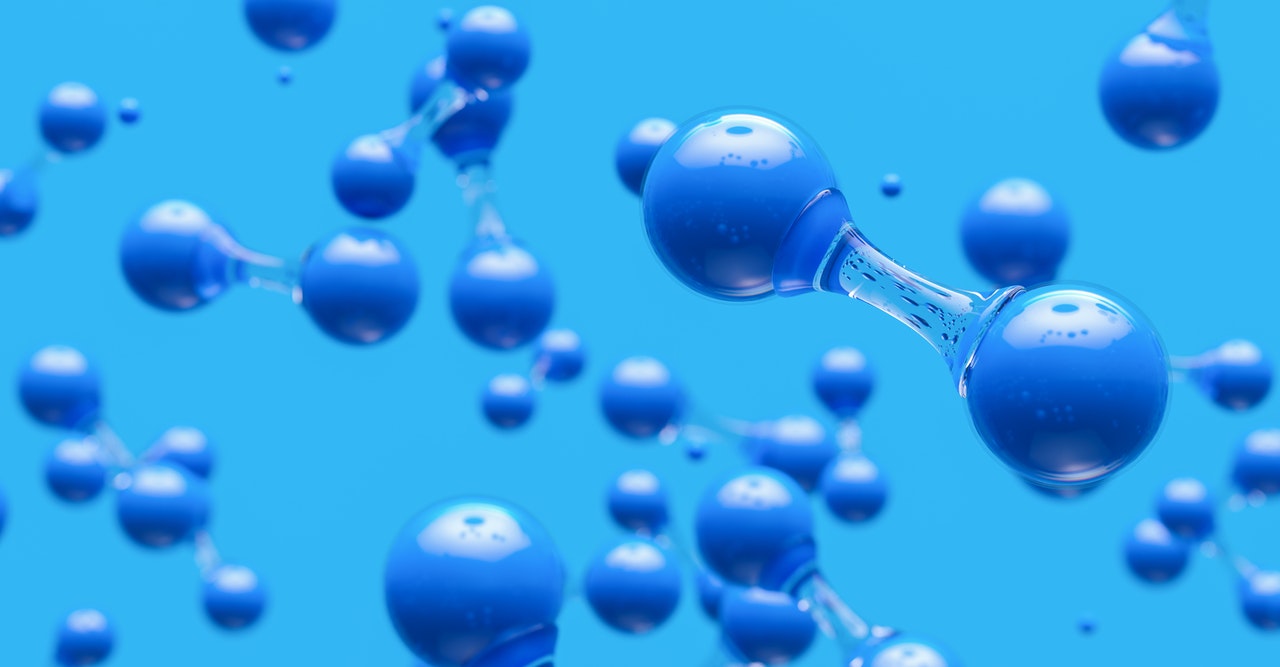AEM’s new electrolysis technology, developed in South Korea, can significantly reduce costs, increase productivity, and be at least ten times longer than existing analogs.
Electrolysis is a critical component of the cost of green hydrogen. A Korean team recently announced that they had made significant progress with an anion-exchange membrane that is much more economical than existing proton-exchange technologies and about 20% more efficient.
Electrolysis is the physical-chemical process of splitting water into hydrogen and oxygen, and when using renewable energy sources, it becomes a key step in the production of pure hydrogen.
Green hydrogen production will play a significant role in the fight for zero emissions by offering high energy density, making it the best option for many hard-to-decarbonize activities where batteries simply don’t make sense.
As a rule, proton-exchange membranes (PEMs) are used in electrolyzers, while the anode and cathode in the electrolyte are separated by membranes that allow the passage of positively charged hydrogen ions attracted by the cathode. Then they interact with electrons, forming gaseous hydrogen.
For the acidic environment of proton-exchange membranes, expensive metals are usually used: platinum, ruthenium or iridium, and titanium is used in the separator plates.
In this regard, Korean scientists have proposed an alternative electrolysis technology – anion-exchange membranes (AEM). The separator membrane passes negatively charged ions of the hydroxyl group. They are attracted to the anode, where they interact with oxygen and water molecules, and hydrogen atoms are attracted to the cathode, where it is collected as H2 gas.

